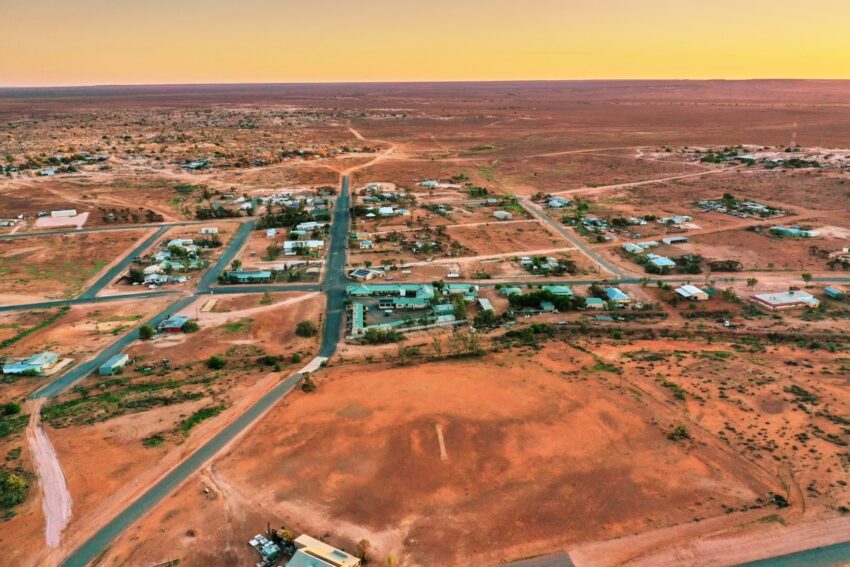
us and australia sign 3b critical minerals The United States and Australia have formalized a significant agreement aimed at enhancing their collaboration in securing critical minerals, a move designed to reduce reliance on Chinese supply chains.
us and australia sign 3b critical minerals
Overview of the Agreement
On October 20, 2025, the leaders of the United States and Australia announced a landmark $3 billion deal focused on critical minerals. This agreement is part of a broader strategy to ensure that both nations can secure essential resources necessary for various high-tech industries, including electric vehicles, renewable energy technologies, and advanced electronics. The deal is particularly significant given the geopolitical tensions surrounding supply chains, especially those dominated by China.
Key Components of the Deal
The agreement encompasses several critical initiatives aimed at bolstering the supply of essential minerals. One of the most notable aspects is the establishment of a new gallium refinery in Western Australia. Gallium is a crucial element used in the production of semiconductors, solar panels, and LED technology. By investing in local refining capabilities, both countries aim to mitigate the risks associated with over-reliance on foreign sources.
- Gallium Refinery: The new facility in Western Australia will enhance local processing capabilities, allowing for the production of high-purity gallium.
- Investment in Mining Operations: The deal will also facilitate investments in mining operations across Australia, focusing on the extraction of various critical minerals.
- Research and Development: A portion of the funding will be allocated to research and development initiatives aimed at improving extraction and processing technologies.
Geopolitical Context
The deal comes at a time when global supply chains are increasingly scrutinized, particularly those that are heavily reliant on China. In recent years, China has emerged as the dominant player in the critical minerals market, controlling a significant portion of the world’s supply. This dominance has raised concerns among Western nations about the potential for supply disruptions, especially in light of ongoing trade tensions and geopolitical rivalries.
By partnering with Australia, the U.S. aims to diversify its sources of critical minerals and reduce its vulnerability to external shocks. Australia is rich in various critical minerals, including lithium, cobalt, and rare earth elements, making it an ideal partner for the U.S. in this endeavor.
Implications for the Global Market
The agreement between the U.S. and Australia is expected to have far-reaching implications for the global market for critical minerals. As both nations ramp up their production capabilities, it could lead to a more competitive landscape, potentially lowering prices and increasing availability for industries reliant on these materials.
Furthermore, this deal may encourage other countries to explore similar partnerships, fostering a more collaborative approach to securing critical mineral supplies. Nations that have historically relied on China for these resources may begin to seek alternative sources, thereby reshaping the global supply chain dynamics.
Stakeholder Reactions
The announcement of the critical minerals deal has garnered a range of reactions from various stakeholders, including government officials, industry leaders, and environmental advocates.
Government Officials
U.S. Secretary of State Antony Blinken emphasized the importance of the agreement in a statement, noting that it represents a significant step toward securing a stable supply of critical minerals. He remarked, “This partnership will not only strengthen our economies but also enhance our national security by reducing our dependence on adversarial nations.”
Australian Prime Minister Anthony Albanese echoed these sentiments, highlighting the strategic importance of the deal. “Australia is committed to being a reliable supplier of critical minerals to our allies, and this agreement is a testament to our shared values and goals,” he stated.
Industry Leaders
Industry leaders have also expressed optimism about the deal. Many see it as a crucial step toward ensuring a stable supply of critical minerals necessary for the transition to clean energy and advanced technologies. Executives from companies involved in mining and technology have indicated that they are eager to collaborate on projects that will arise from this partnership.
For instance, the CEO of a leading Australian mining company remarked, “This deal opens up new opportunities for investment and innovation in the critical minerals sector. We are excited to work alongside our U.S. partners to develop sustainable practices that will benefit both our economies.”
Environmental Concerns
While the deal has been largely welcomed, it has also raised concerns among environmental advocates. Critics argue that increased mining activities could lead to adverse environmental impacts, particularly in sensitive ecosystems. Organizations focused on sustainability have called for stringent environmental regulations to accompany the expansion of mining operations.
One environmental advocate stated, “While we recognize the need for critical minerals, it is essential that we prioritize sustainable practices to protect our natural resources. We must ensure that this partnership does not come at the expense of our environment.”
Future Prospects
The U.S.-Australia critical minerals deal is just the beginning of what could be a transformative partnership in the global minerals market. As both countries work together to enhance their capabilities, several future prospects emerge.
Technological Advancements
Investments in research and development will likely lead to technological advancements in the extraction and processing of critical minerals. Innovations in sustainable mining practices could emerge, allowing for more efficient and environmentally friendly methods of production.
Expansion of Supply Chains
As the partnership develops, it may lead to the establishment of a more integrated supply chain between the U.S. and Australia. This could involve not only mining and refining but also the development of downstream industries that utilize critical minerals in their products.
Global Collaboration
The agreement may also pave the way for broader international collaboration on critical minerals. Other countries may seek to form similar partnerships, leading to a more diversified and resilient global supply chain. This could ultimately contribute to a more stable market for critical minerals, benefiting industries worldwide.
Conclusion
The $3 billion critical minerals deal between the United States and Australia marks a pivotal moment in the quest for secure and sustainable mineral supplies. By working together, both nations aim to reduce their dependence on Chinese sources and foster a more resilient supply chain. As the global demand for critical minerals continues to rise, this partnership could serve as a model for future collaborations aimed at ensuring resource security and promoting sustainable practices.
Source: Original report
Was this helpful?
Last Modified: October 21, 2025 at 7:38 am
1 views















